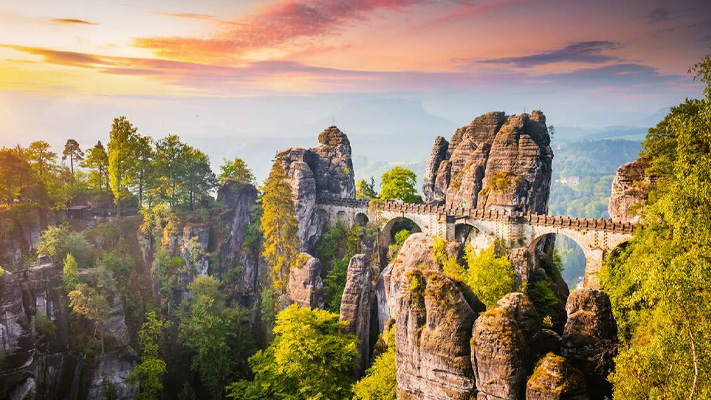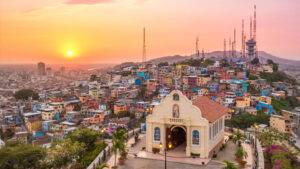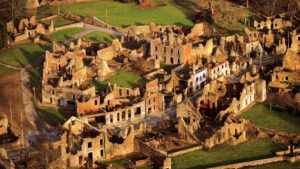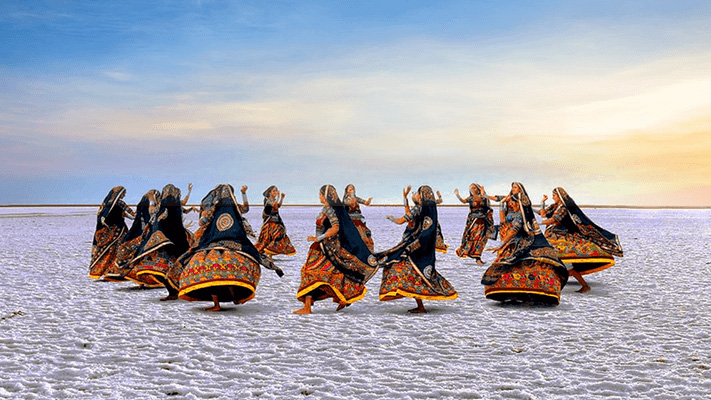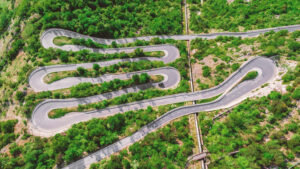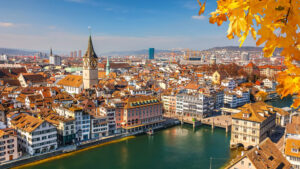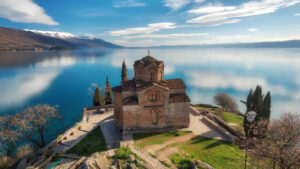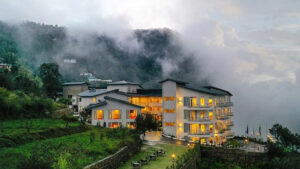SAXONY, GERMANY – DISCOVER RICH HERITAGE AND BREATHTAKING LANDSCAPES

Saxony is a popular tourist destination that offers a unique blend of history, culture, natural beauty, and modernity. The region is known for its stunning architecture, world-renowned museums, and beautiful landscapes, making it a must-visit destination in Germany.
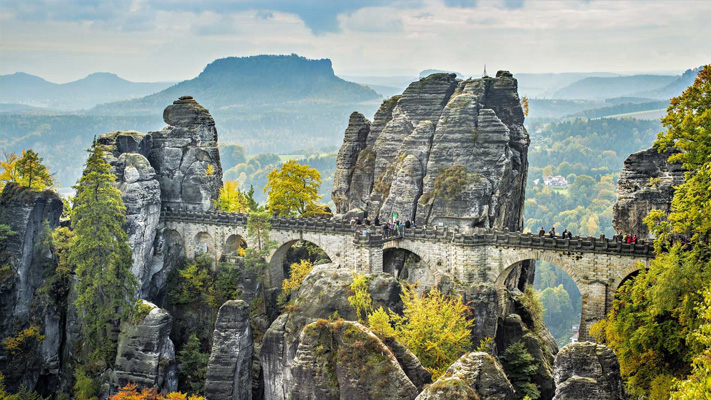
One of the biggest draws of Saxony is its rich cultural heritage, which is reflected in its many historic landmarks, including the Zwinger Palace, the Frauenkirche, and the Semper Opera House in Dresden, as well as the St. Thomas Church and Leipzig Gewandhaus Orchestra in Leipzig. These landmarks offer visitors a glimpse into Saxony’s rich history and cultural traditions.
Saxony is also home to many world-class museums, such as the Dresden State Art Collections and the Leipzig Museum of Fine Arts, which showcase impressive collections of art and artifacts. Other notable attractions include the Saxon Switzerland National Park, which offers stunning views of the Elbe River and unique sandstone rock formations, and the Ore Mountains, which provide opportunities for skiing and hiking.
In addition to its rich cultural heritage, Saxony is also known for its innovative industries and cutting-edge technology. The region is home to many research institutions and tech companies, making it a hub for innovation and entrepreneurship.
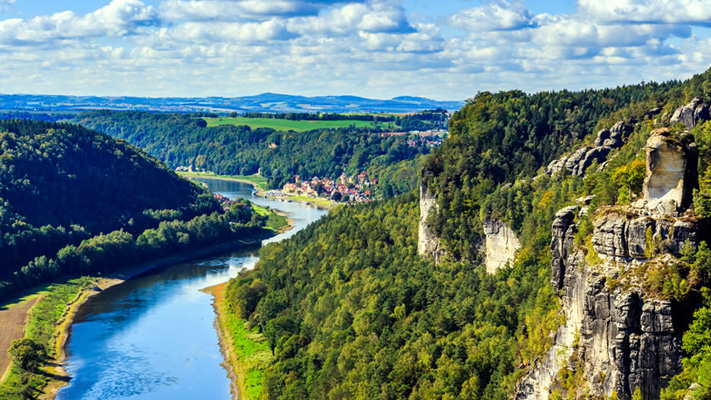
What Makes it a Destination Worth Visiting
Saxony is a destination worth visiting for several reasons. Here are a few:
1. Rich history and culture: Saxony has a rich cultural heritage that spans over centuries, including magnificent Baroque palaces, historic towns, and museums. Visitors can explore Dresden’s iconic Zwinger Palace, the historic town of Görlitz, the medieval town of Bautzen, and the Leipzig Museum of Fine Arts, among other cultural attractions.
2. Natural beauty: Saxony is blessed with natural beauty that includes stunning landscapes, such as the Saxon Switzerland National Park, which is home to unique sandstone rock formations and stunning views of the Elbe River. Other natural attractions include the Ore Mountains, which offer great skiing and hiking opportunities, and the beautiful lakes of the Lausitz region.
3. Music tradition: Saxony has a long tradition of music, and it is home to many famous composers, including Johann Sebastian Bach, Robert Schumann, and Richard Wagner. Visitors can attend concerts and music festivals throughout the year, including the Leipzig Bach Festival and the Dresden Music Festival.
4. Technology and innovation: Saxony is a hub for technology and innovation, and visitors can learn about cutting-edge research and development in industries such as automotive manufacturing, microelectronics, and mechanical engineering. The Volkswagen Transparent Factory in Dresden, for example, offers visitors a unique insight into the production of electric cars.
5. Festivals and events: Saxony hosts many festivals and events throughout the year, including the Dresden Christmas Market, one of the oldest and most famous Christmas markets in Germany, and the Leipzig Book Fair, which attracts publishers, authors, and book lovers from around the world.
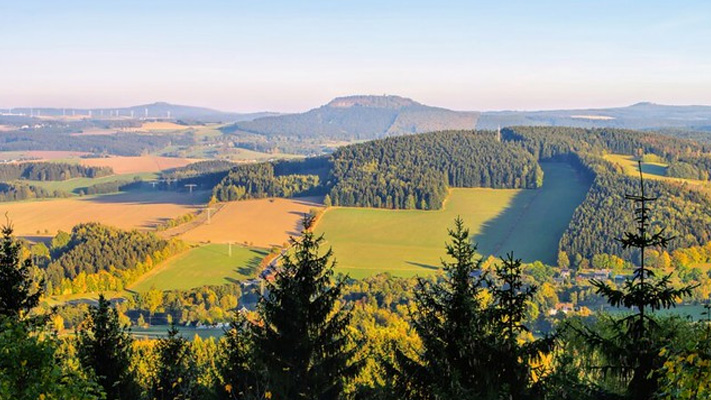
Interesting Facts
1. Saxony was one of the most important regions during the Holy Roman Empire, and the Electors of Saxony were responsible for electing the Holy Roman Emperor.
2. Dresden, the capital of Saxony, was one of the most beautiful cities in Europe before it was destroyed during World War II. After the war, the city was painstakingly reconstructed, and today it is a symbol of Germany’s post-war recovery and resilience.
3. The Ore Mountains, which form the natural border between Saxony and the Czech Republic, were an important source of silver, tin, and other metals during the Middle Ages. Today, the region is known for its traditional crafts, including woodcarving and glassmaking.
4. The Leipzig Trade Fair, which dates back to the Middle Ages, is one of the oldest and most important trade fairs in the world. Today, it attracts exhibitors and visitors from around the world and showcases a wide range of industries, from book publishing to mechanical engineering.
5. The Bastei Bridge, which is located in the Saxon Switzerland National Park, is one of the most famous landmarks in Saxony. The bridge was built in 1851 and offers stunning views of the surrounding landscape.
6. Saxony is known for its traditional Christmas markets, which are held in towns and cities throughout the state during the holiday season. Visitors can enjoy hot mulled wine, traditional foods, and handmade crafts while soaking up the festive atmosphere.
7. The German city of Leipzig was a major center for trade, publishing, and music during the 18th and 19th centuries. It was also an important site for the peaceful demonstrations that led to the fall of the Berlin Wall in 1989.
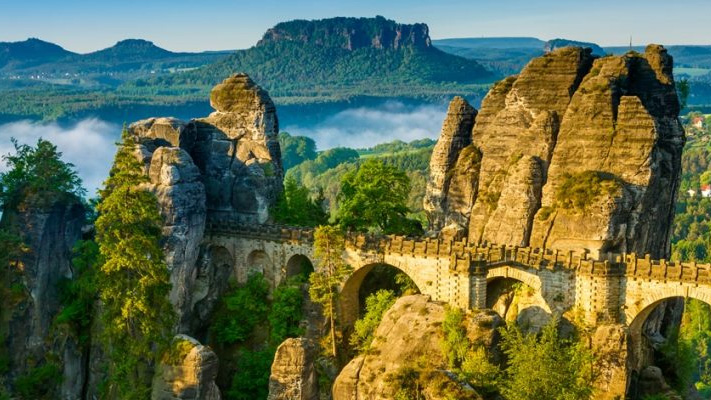
Popular Tourist Activities
Saxony offers a wide range of activities and attractions for tourists. Here are some of the most popular tourist activities in the region:
1. Cultural sightseeing: Saxony is home to numerous historic sites, museums, and galleries, including the Zwinger Palace and the Frauenkirche in Dresden, the Leipzig Museum of Fine Arts, and the medieval town of Bautzen.
2. Outdoor recreation: Saxony is a great destination for outdoor enthusiasts. Visitors can hike or bike in the Saxon Switzerland National Park, ski or snowboard in the Ore Mountains, or relax by the lakes of the Lausitz region.
3. Music and festivals: Saxony has a rich musical heritage, and visitors can attend concerts, festivals, and events throughout the year. Some of the most popular events include the Leipzig Bach Festival, the Dresden Music Festival, and the Dresden Christmas Market.
4. Technology and innovation: Saxony is home to some of the most innovative technology companies in Germany. Visitors can learn about cutting-edge research and development at places like the Volkswagen Transparent Factory in Dresden or the Fraunhofer Institute for Electronic Nanosystems in Chemnitz.
5. Wine and cuisine: Saxony is known for its culinary delights, including traditional dishes like Sauerbraten and Quarkkäulchen. The region is also home to many vineyards, and visitors can sample local wines on a wine tour.
6. Shopping: Saxony has a wide range of shopping options, from the traditional markets and boutiques of Dresden’s historic center to the modern shopping centers of Leipzig and Chemnitz.
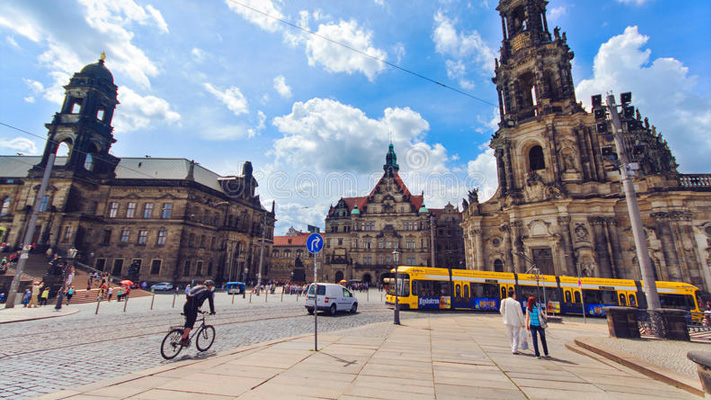
Top Attractions and Must Visit Places
Saxony is home to many popular attractions and must-visit places. Here are some of the top ones:
1. Dresden’s Historic Center: The historic center of Dresden is one of the most beautiful in Europe, with iconic landmarks such as the Zwinger Palace, the Frauenkirche, and the Semper Opera House.
2. Saxon Switzerland National Park: This national park offers stunning views of the Elbe River, with unique sandstone rock formations and many hiking and climbing opportunities.
3. Leipzig’s Historic Center: Leipzig’s historic center is known for its stunning architecture, including the St. Thomas Church, where Johann Sebastian Bach worked as a cantor, and the Leipzig Gewandhaus Orchestra.
4. Bautzen: This medieval town is known for its well-preserved old town, including the impressive Bautzen Fortress and the ornate Wendish Museum.
5. Moritzburg Castle: This Baroque castle near Dresden is famous for its hunting museum and scenic grounds, including a large pond that freezes in winter for ice-skating.
6. The Ore Mountains: The Ore Mountains offer great skiing and hiking opportunities, as well as the famous Christmas markets of Seiffen.
7. Görlitz: This historic town on the Polish border is known for its well-preserved old town, including many Gothic and Renaissance buildings.
8. Meissen: This town is famous for its porcelain, with the Meissen Porcelain Manufactory being one of the oldest and most famous in Europe.
9. Colditz Castle: This castle was used as a prisoner-of-war camp during World War II, and visitors can tour the castle and see the famous Colditz Glider, a glider built by British prisoners of war to escape the castle.
10. Karl May Museum: This museum in Radebeul celebrates the life and work of Karl May, one of Germany’s most popular authors, who wrote adventure novels set in the American West.
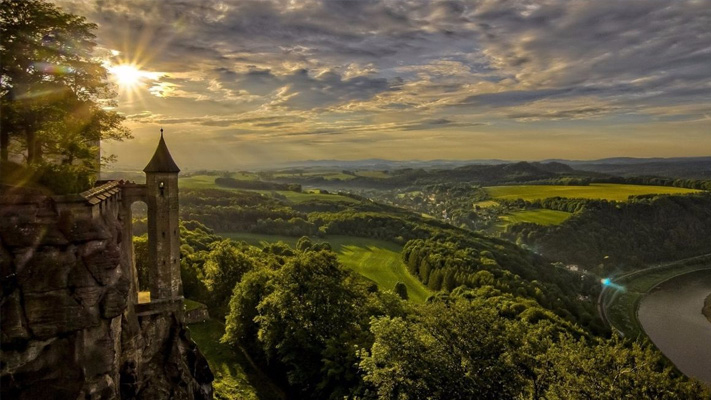
Best Time to Visit
The best time to visit Saxony depends on your interests and preferences. Here are some factors to consider:
1. Weather: Saxony has a continental climate, with cold winters and warm summers. The best time to visit for mild weather is from May to September when the temperatures are mild and rainfall is low. However, if you enjoy winter activities such as skiing, then the winter months of December to February are ideal.
2. Events and festivals: Saxony hosts many events and festivals throughout the year. Some of the most popular ones include the Dresden Music Festival (May/June), the Leipzig Bach Festival (June), the Dresden Film Festival (November), and the Striezelmarkt Christmas Market in Dresden (December). Check the event calendars before planning your trip if you want to attend specific events.
3. Peak tourist season: The peak tourist season in Saxony is during the summer months of July and August, especially in popular destinations such as Dresden and Leipzig. If you prefer to avoid crowds and higher prices, consider visiting during the shoulder season of May-June or September-October.
4. Outdoor activities: If you plan on enjoying outdoor activities such as hiking, cycling, or skiing, the best time to visit will depend on the activity. The hiking season in the Saxon Switzerland National Park is from April to October, while the skiing season in the Ore Mountains is from December to March.


